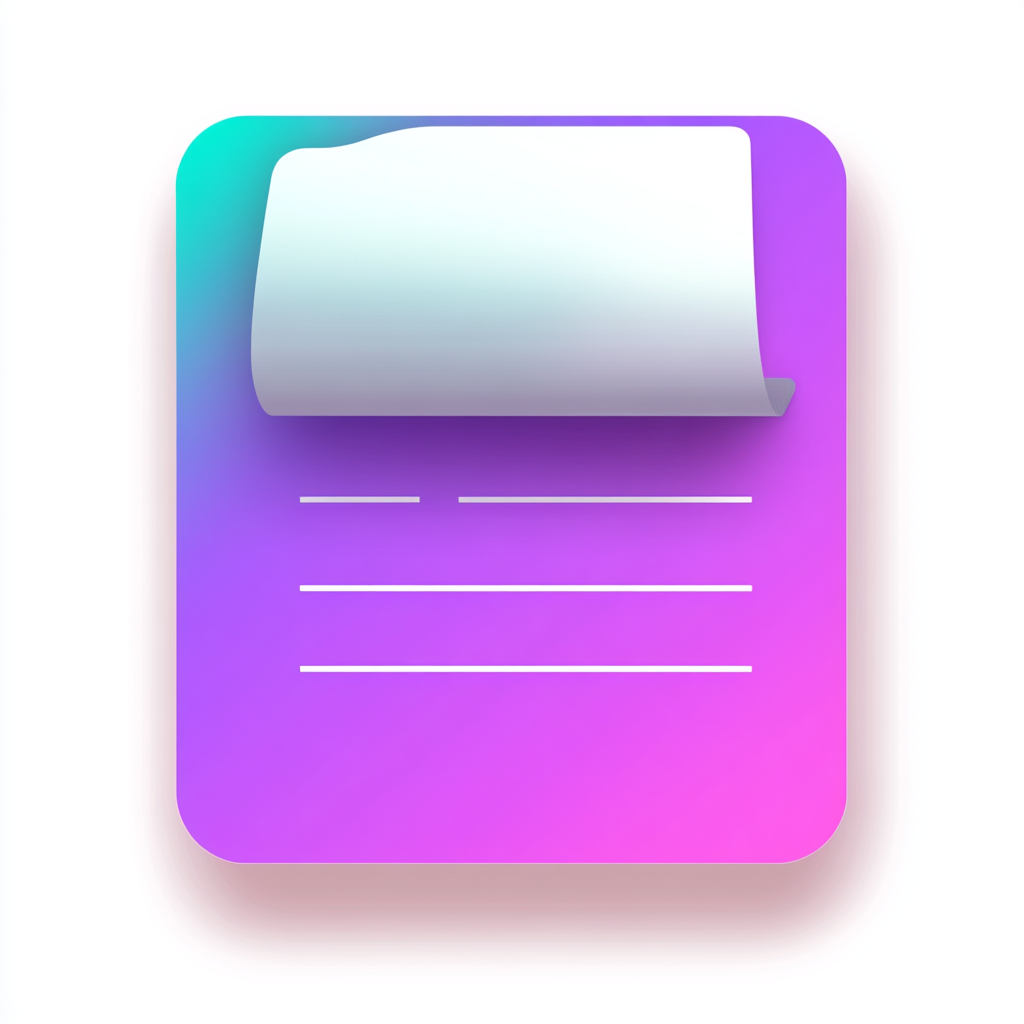You don’t lose deals on price nearly as often as you think — you lose them on timing, momentum, and fit. The hardest part is seeing the stall before it becomes a loss. That’s where modern AI shines: spotting patterns in your pipeline that humans can’t reliably see in real time.
This post breaks down how AI predicts deal outcomes in practical terms, the signals that matter, how to trust the insights, and how to use them every day to prioritize time and lift win rates — in a way that respects data privacy and tenant isolation.
Table of Contents
- What Signals Actually Predict a Win (or Loss)
- How the Prediction Works (Without the Hype)
- Explainability You Can Trust
- How Teams Operationalize Deal Predictions
- What to Measure (So You Know It’s Working)
- Privacy and Multi-Tenancy (Non‑Negotiable)
- The InvoicifyAI Approach
- Where We’re Headed Next
- Getting Started
What Signals Actually Predict a Win (or Loss)
Not all activity is progress. AI models look at a balanced set of leading indicators across four buckets:
- Engagement Signals: reply velocity, meeting cadence, multi‑threading (number of stakeholders), sentiment from notes/calls, “next‑step” hygiene (is there a scheduled next step within 7 days?).
- Timing and Momentum: time‑in‑stage, days‑since‑last‑touch, touches per week, stage reversions, response delay after proposals.
- Commercial Fit: discount behavior, procurement steps completed, contract redlines started, legal risk mentions, payment terms alignment.
- Financial Context: customer payment reliability (e.g., DSO trend), invoice aging patterns, historical expansion/renewal behavior if they’re an existing customer.
Individually, each signal tells part of the story. Together, they form a probability that a deal is drifting toward “win” or “loss,” plus an ETA and recommended next actions.
How the Prediction Works (Without the Hype)
Under the hood, most production systems use straightforward, battle‑tested techniques:
- Classification to estimate win/loss probability (e.g., gradient boosting, logistic regression).
- Regression to estimate time‑to‑close and expected value confidence.
- Feature engineering for reality: recency‑frequency‑velocity (RFV), “time since next step,” “stakeholder count,” “meeting‑to‑email ratio,” “proposal‑to‑meeting lag,” “discount‑to‑win parity.”
- Continuous learning: the model retrains periodically as your motion evolves.
Crucially, the output isn’t just a score — it’s ranked drivers that explain the “why.” If “no next step scheduled” and “single‑threaded contact” are your top negative drivers, you can act on that today.
Explainability You Can Trust
If you can’t explain a prediction, you won’t use it. Good systems surface top drivers per deal so reps and managers build trust:
- Top positive drivers: “Multi‑threaded (3 stakeholders)”, “Meeting scheduled in 3 days”, “Fast reply cycles”.
- Top negative drivers: “No activity in 10 days”, “Proposal sent; no follow‑up within 72 hours”, “Discount request without procurement engagement”.
Explainability helps you coach more precisely: fix the driver, improve the odds.
How Teams Operationalize Deal Predictions
AI is most valuable when it reshapes the daily workflow:
- Prioritized Task Queues: today’s “High Impact” list = deals with strong potential that need a next step within 48 hours.
- Manager 1:1s: focus on deals with high value but negative momentum drivers (e.g., no multi‑threading yet).
- Stage Exit Criteria: enforce stage progress rules — “proposal not allowed without next step scheduled.”
- Playbooks by Driver: if “no next step” is the blocker, auto‑suggest a 3‑touch sequence; if “single‑threaded,” recommend a stakeholder mapping step.
- Forecast Confidence: roll‑up probability‑weighted pipeline with clear rationale and variance bounds.
What to Measure (So You Know It’s Working)
- Precision/Recall of win predictions: are predicted wins really winning (precision)? Are you catching most real wins (recall)?
- Uplift in Win Rate vs. baseline: compare quarters with and without AI prioritization.
- Coverage: percent of deals with enough signal to score confidently.
- Time‑to‑Close: are predicted wins closing faster after playbook adoption?
- Behavior Change: are reps scheduling next steps earlier? Is multi‑threading happening sooner?
Privacy and Multi-Tenancy (Non‑Negotiable)
Deal data is sensitive. Any AI system must respect strict tenant isolation and the principle of least privilege:
- Company‑scoped isolation: every query includes explicit company filtering; no cross‑company data access. RLS is the last line of defense, not the only line.
- Data minimization: only use the minimum set of fields required for predictions.
- Secure processing: access is audited; sensitive fields (e.g., phone numbers) are encrypted at rest.
- Transparent controls: clear opt‑in, export, and deletion pathways.
The InvoicifyAI Approach
InvoicifyAI ships AI‑assisted, explainable deal prediction as part of AI Insights in our lightweight CRM — designed for teams already managing estimates, invoices, and customer conversations:
- Signals from reality: engagement across emails, meetings, voice agent summaries, and finance context like DSO and payment reliability.
- Explanations first: every prediction highlights top positive/negative drivers so teams can act — not guess.
- Privacy by design: company‑based multi‑tenancy with strict isolation; no cross‑company data mixing.
- Human‑in‑the‑loop: reps can correct predictions; feedback loops improve model quality over time.
- In‑product placement: surfaced in AI Insights (Deal Health & Predictions) across pipeline and opportunity views — no toggle required.
Where We’re Headed Next
- Voice + Next‑Step Hygiene: voice agents can auto‑summarize calls and propose next steps; reps approve with one click.
- Pipeline Health Radar: a single view that flags “high‑value, negative momentum” deals and proposes the fastest fix.
- Manager Coaching Packs: weekly driver trends per rep to guide targeted skill‑building.
Getting Started
- If you’re already using InvoicifyAI: open AI Insights on your Deals or Dashboard pages to see Deal Health and predictions. No setup required.
- If you’re exploring: start with pipeline hygiene — schedule every next step, multi‑thread key accounts, and track response times. AI amplifies best practices; it doesn’t replace them.
Ready to try explainable deal predictions?
Start Free Trial
